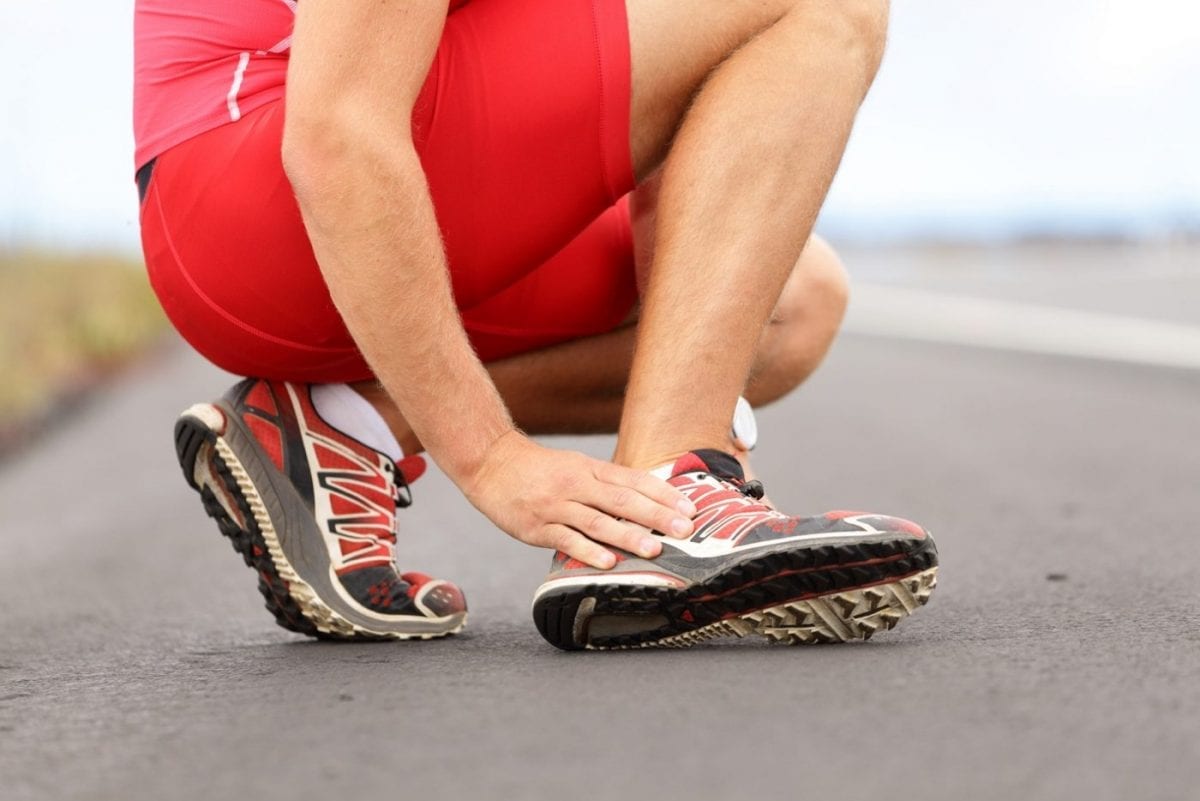It’s easy to blame someone for pushing their bodies too far when an injury strikes, but even the healthiest of athletes make a wrong turn on occasion and have often ended their careers as a result. So what can you do? Fortunately, the benefits of regular exercise still outweigh the risks, which is why you should not let these incidents discourage you. Rather, spend the necessary time dedicated to warming up, never train through the pain, and learn how to handle sports injuries if one should ever appear. This guide can help:
1. Your Knees
Your knees support your full body weight with every step so it’s no wonder that multiple variations of knee trauma exist, as arguably one of the most common injury that athletes face. Prevent the issue by avoiding any sudden changes of direction while only using your best footwear, and always speak to a professional if you do run into trouble. Icing and some rest may be enough to recover, but in some cases, physical therapy or surgery could also be required.
2. Your Feet
Plantar fasciitis is a frequently reported condition which takes place within your foot. More specifically, it is when the tendon that runs along your arch becomes tight and inflamed, causing pain to shoot across the area, especially in the heel, whenever it touches the ground. The cause of this problem is usually ill-fitting footwear which includes inadequate support for flat feet, but obesity can also play a role. If you are suffering from plantar fasciitis, roll your foot over a golf ball, perform gentle stretches, and look into wearing a splint while you sleep.
3. Your Shoulders
Sometimes, a simple muscle tear may follow the overuse of the shoulder during sports such as swimming or tennis, but at other times, an accidental fall may cause a fracture or dislocation, which could require surgery. Either way, speak to your doctor and get plenty of rest before returning to any activity, and consider wearing a brace to support your shoulder when engaged in sports.
4. Your Hamstrings
Almost every sport requires some level of kicking, running, or jumping, all of which can overstretch the muscles in the back of your thighs. This injury should never be ignored as it almost always requires months of rest to fully recover. Because of this lengthy downtime, a repeat injury in this area is extremely common because people leap back into the game before the doctor has given them the thumbs up to do so.
5. Your Elbows
A very common elbow injury, tennis elbow is often a result of the repetitive motion and strong grip demanded by sports such as golf and (of course) tennis. These inflamed tendons occur from overuse and bad equipment but are luckily considered to be minor setbacks, as they can heal quickly with some light stretching and plenty of rest. If you are a student, then this can become a bigger problem, because you spend a lot of time leaning on your elbows while doing different assignments. Fortunately, https://assignmentgeek.com/college.html are ready to take on some of the assignments.
6. Your Groin
When overtraining with a lack of flexibility, a pull in the groin may follow. This upper-inner thigh injury is often associated with sports which require abrupt changes in direction (such as skiing, hockey, football, or tennis), and is best handled with gentle stretching, icing, and a break. If the pain persists or the area swells, be safe and get it checked.
7. Your Ankles
Most people have experienced an ankle sprain in their life. It’s when a twisting motion or bad landing damages the ligaments found in the area, which will put you out of action immediately. In addition to compressing the affected region with ice, you should rest it in an elevated position and seek medical attention if the swelling or pain does not subside after a few days.
8. Your Lower-Back
Commonly reported as a weightlifters injury, there is also a multitude of other causes of spinal stress, at times even as simple as sleeping incorrectly. Speak to your doctor on how to best approach your particular problem, and look into some low impact core workouts to help strengthen the area (such as yoga or swimming).
9. Your Shins
Shin splints is a collective term for a plethora of issues which affect the front of the legs and is most likely a result of overtraining during a running-orientated sport (although it can also be blamed on improper technique, footwear, or nutrition). The standard suggestions of icing and pain medication are often reported, but a proper warmup and stretching routine are also highly recommended, while custom insoles may be diagnosed in certain cases.
10. Your Head
Any blow to the head needs to be treated as a potential emergency. If confusion, dizziness, slurred speech, or a sensitivity to light are apparent, a concussion is a serious concern. Professional permission must be granted before the patient returns to the field.
11. Cervical Spine Injury
Cervical spine (the upper back and neck) is very vulnerable to injuries in both soft tissues and joint structures, e.g. discs and ligaments. All because of poor posture during exercises and a huge number of incorrect reps. Pain and stiffness in the upper back and neck joints arise due to the fact that during exercises, we try to lock the neck in a neutral position and at the same time, our cervical spine suffers the impact. Banging your head during the exercises, thus, creating excessive stress for the fragile part of your body, is rather stupid though. An average American has a head stretched forward a little which is a pathology that can cause tingling and numbness of the hands and burning pain between the shoulder blades. In such cases, websites like Robo-spine.com suggest bedrest, or sitting in a recliner or on the sofa.









2 Comments